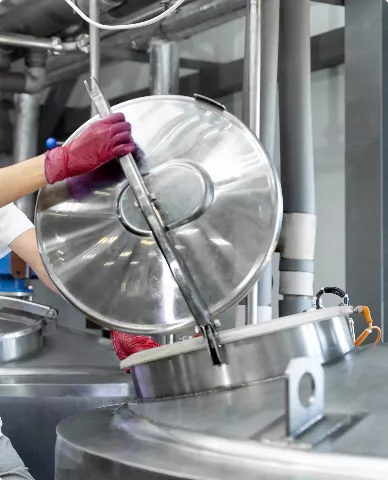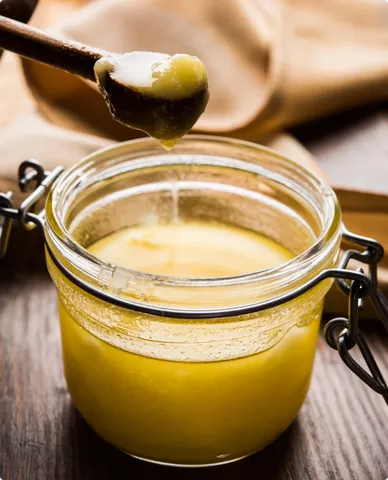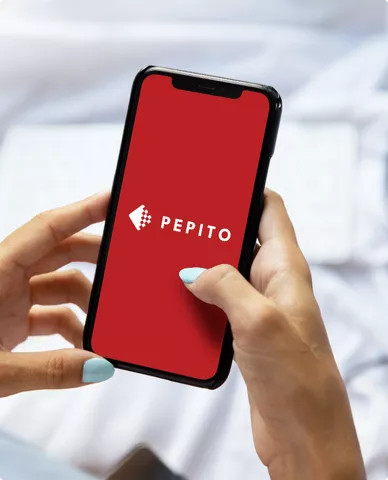Wet Rendering
Wet rendering is a process used to separate fat from animal by-products through the application of steam or hot water, ensuring efficient extraction of fats and oils for various industrial applications.
Wet rendering is a widely used method in the animal by-products industry for extracting fats from animal tissues. This process involves the application of steam or hot water to raw materials, breaking down the fat cells and separating the fat from the protein and moisture. Wet rendering is particularly effective for processing high-moisture materials and provides a reliable way to produce high-quality fats.
Key elements of wet rendering include:
Process Description:
- Steam or Hot Water Application: Raw animal by-products are subjected to steam or hot water, which breaks down the cellular structure and releases the fat.
- Separation: The mixture is then centrifuged or allowed to settle, separating the fat from the water and protein solids. The separated solids are dried to produce processed animal proteins, while the liquid fat is known as rendered animal fat.
- Purification: The extracted fat is further purified to remove any remaining impurities, ensuring a high-quality end product.
Applications:
- Cosmetic Products: High-quality tallow and lard from wet rendering are ideal for use in cosmetics, phrarmaceuticals and personal care products due to their lighter colour, minimised odour, and reduced impurities.
-
Examples:
-
In cosmetics, tallow can be used in soaps, moisturizers, and lip balms.
-
In pharmaceuticals, lard is often used as a base for ointments and creams.
-
In candle-making, the purified fat provides a clean-burning, long-lasting source of fuel.
-
-
- Animal Feed: Some of the rendered fat is used as an ingredient in animal feed, providing a valuable energy source.
- Industrial Use: The extracted fats are used in the production of biodiesel, lubricants, and other industrial products.
Benefits of Wet Rendering Over Dry Rendering:
- Quality: The process produces high-quality fats with fewer impurities, making them suitable for various applications.
- Lighter Colour and Minimal Odour: Wet rendering produces fats that have a lighter colour and minimise odour, making them ideal for cosmetic applications as well as other industrial uses.
- Efficiency: Wet rendering is particularly effective for high-moisture materials, ensuring a high yield of extracted fat compared to dry rendering.
PEPITO employs advanced wet rendering techniques to ensure the efficient and sustainable extraction of fats from animal by-products. By adhering to stringent quality control measures, PEPITO delivers rendered fats for a variety of industrial and commercial applications.







